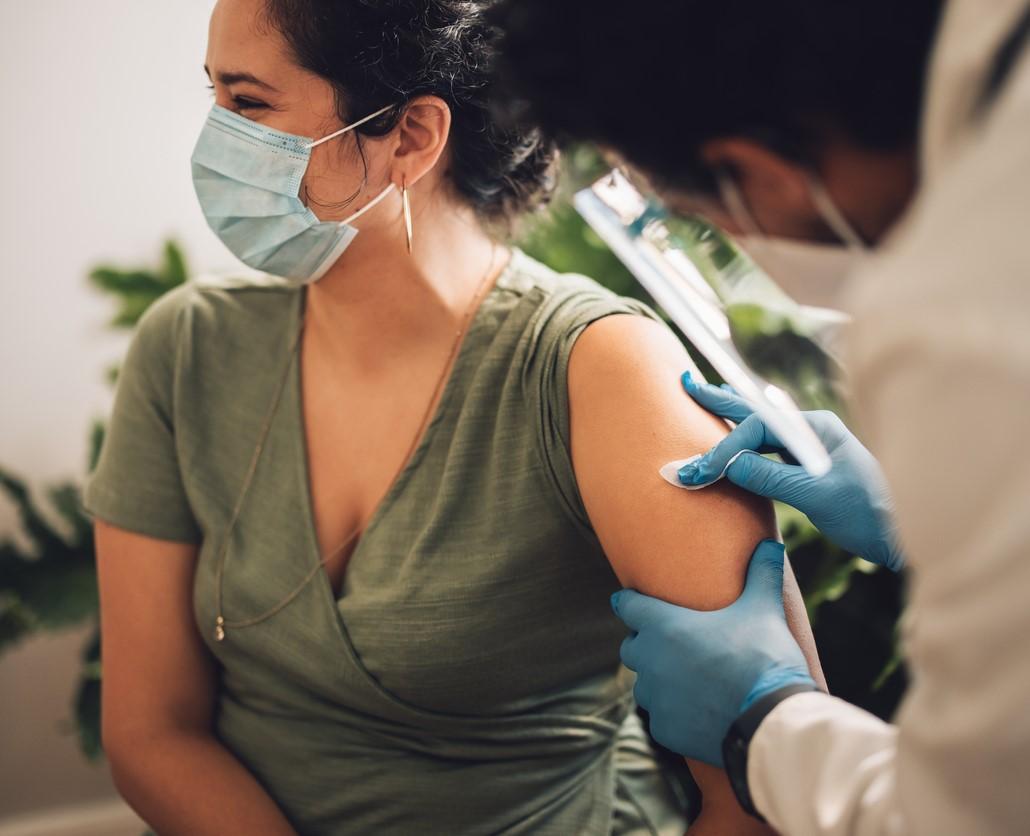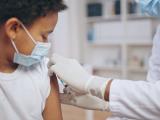One of the first large studies to compare deaths, hospitalizations, and emergency department (ED) visits among COVID-19 vaccine recipients versus those who were infected shows the vaccines were more effective in preventing negative outcomes, especially for adults aged 60 years and older. The study appears in the American Journal of Public Health.
The study, based on the entire population of Indiana, was conducted by researchers from the Regenstrief Institute, Indiana University School of Medicine, and Vanderbilt University Medical Center.
"While the incidence of COVID infection was higher in vaccine recipients (6.7 percent) than in individuals previously infected (2.9 percent), the vaccine protected against severe disease while natural immunity did not confer the same benefit," said study corresponding author and Regenstrief Institute Vice President for Data and Analytics Shaun Grannis, MD, in a press release.
Researchers matched 267,847 pairs of individuals and followed the pairs for 6 months after vaccination or infection. Individuals who received at least one dose of COVID-19 vaccine were matched with previously infected participants on index date, age, gender, race/ethnicity, ZIP code, and clinical diagnoses, the authors said.
Indiana residents ages 12 to 110 years were included in the study.
Vaccinated had more, milder infections
The all-cause death and hospital admission rates for vaccinated individuals were both 37% lower than the rates for those who were previously infected. The rate of ED visits for all causes was 24% lower for vaccinated individuals than for the previously infected.
Only the cumulative infection rate was lower in those with natural infections: 6 months after the index date (of either vaccination or natural infection), the cumulative infection rate in the vaccinated was 6.7% (95% confidence interval [CI], 6.6% to 6.9%), more than twice the rate in those with previous infections, at 2.9% (95% CI, 2.9% to 3.0%).
Vaccinated children, especially, saw more infections at the 6-month follow-up than those with infections. But rates of ED visits, hospitalizations, and deaths were significantly lower for vaccinated children. For children and adolescents ages 12 to 20, the cumulative incidence rates of infection were, respectively, 8.1% (95% CI, 7.6% to 8.5%) and 5.2% (95% CI, 4.8% to 5.5%) for the vaccinated and previously infected.
That trend continued for adults ages 20 to 39, 40 to 59, and 60 to 79 years.
The findings highlight the real-world benefits of vaccination and allude to the health consequences of SARS-CoV-2 after the initial exposure.
In young adults ages 20 to 39, rates of incident infection were higher among vaccine recipients (7.8%; 95% CI, 7.6% to 8.0%) than those with previous infections (3.2%; 95% CI, 3.0% to 3.3%) at 6 months, but the 6-month rate of hospitalization was significantly higher in the previously infected (2.1%; 95% CI , 2.0% to 2.2%) than in the vaccinated (1.2%; 95% CI, 1.1% to 1.3%).
"The data raises questions about the wisdom of reliance on natural immunity when safe and effective vaccines are available," the authors concluded. "The findings highlight the real-world benefits of vaccination and allude to the health consequences of SARS-CoV-2 after the initial exposure."






















